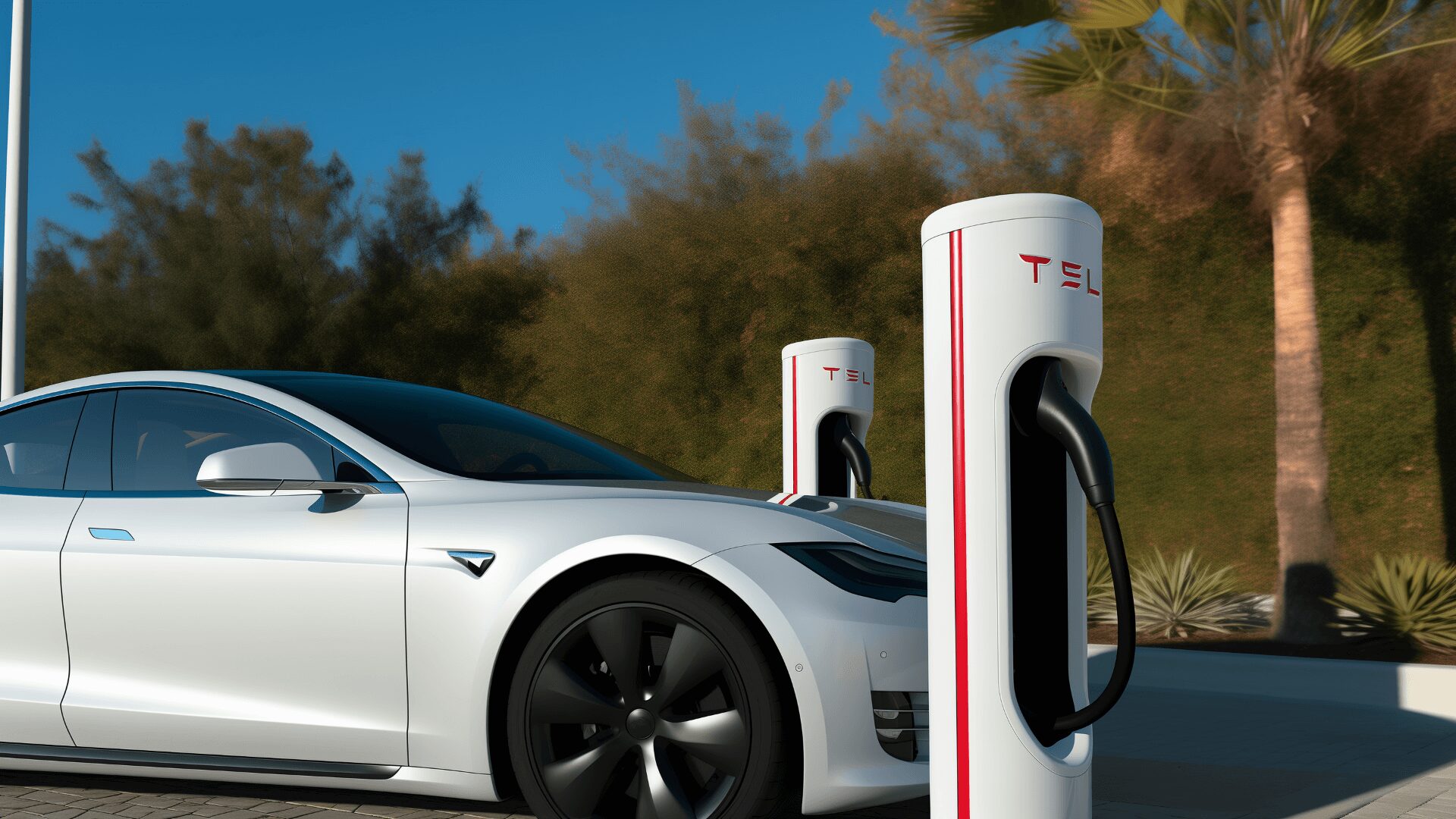
The Innovative Power of a Last Mile Delivery Business Model
September 20, 2023 - Ellie Gabel
Revolutionized is reader-supported. When you buy through links on our site, we may earn an affiliate commision. Learn more here.
Although last mile delivery has historically been the most expensive, complex part of logistics processes, it remains the backbone of the e-commerce industry. With the right last mile delivery business model, logistics companies can offset high costs and increase their profit.
1. Automated Delivery
Last-mile delivery is typically the inefficient bottleneck of the logistics process. It accounts for over 50% of total shipping costs on average because it requires extensive resources. Coordinating deliveries, navigating densely populated urban areas and frequently stopping vehicles use excess fuel and labor.
Businesses often eat these costs because customers haven’t historically accepted the responsibility. In fact, over 84% of people only make purchases when e-commerce platforms offer free shipping to accompany their items.
A last mile delivery business model focusing on automation leverages technology to significantly reduce labor and fuel costs. Almost every stage of the process could benefit from becoming automated, including route planning, dispatching and delivery confirmation.
Logistics businesses could utilize tools like artificial intelligence to automate their distribution and transportation processes. As a bonus, they can use this technology to collect relevant data and further optimize.
2. Decentralized Delivery
Although the initial distribution stage is technically separate from last mile delivery, it is one of the biggest determining factors for a successful business model. Shortening routes and keeping processes localized ensures rapid delivery, accurate time estimations and high success rates.
Typically, packages travel long distances once they leave their distribution hub for their final destination. A decentralized delivery business model uses microdistribution centers to spread this responsibility evenly across the fulfillment area.
These facilities can be small and basic — there’s no need to build multiple massive distribution centers from scratch. Logistics businesses can move into abandoned warehouses or even stores to bring the product closer to their peak demand areas. As a result, vehicles consume less fuel for initial and subsequent delivery attempts, increasing their profit margins.
3. Additive Delivery
An additive last mile delivery business model leverages data to reduce the number of necessary deliveries. People often repurchase products once they find one they prefer, resulting in repeated deliveries to the same location. Carriers can take advantage of this and upsell the item in question as an add-on or ongoing subscription.
It’s much easier to plan routes around routines, so a subscription-leaning business model would be ideal for effective last mile delivery. Incentivizing consumers to repurchase items in addition to their regular orders offsets costs. Plus, it creates a steady stream of revenue so logistics companies can secure additional profit.
4. Autonomous Delivery
Most logistics companies struggle to meet the ever-increasing demands of the e-commerce sector. In fact, an average of over 5 million packages go undelivered daily because they don’t have the resources to get them to their destinations. However, autonomous delivery may change the game.
Multiple variations of this technology exist to deliver packages in the last mile without the need for human intervention. For example, self-driving vehicles equipped with driverless AI can take them to a central pick up location to reduce labor costs. They could also optimize routes to conserve fuel, further increasing savings.
Alternatively, drones and intelligent robots can deliver packages while avoiding congestion entirely. While these technologies need human oversight, they operate independently. All in all, the autonomous last mile delivery business model is a modern twist on a standard issue.
5. Centralized Delivery
Since individual delivery attempts are one of the most significant factors driving costs in last mile delivery, a central drop-off location is an ideal solution. Instead of mapping out the most effective route that is subject to change for even minor traffic accidents, logistics companies can focus on building their business model around parcel lockers.
While parcel lockers have existed for a while, they weren’t mainstream until large e-commerce companies began creating their own for general use. Take Amazon’s package lockers, for example, that provide an avenue for self-service delivery. Since consumers pick up their packages instead of receiving them at their front doors, logistics companies save money.
This may be the best last mile delivery business model since it functions without the need for intense route optimization, excess fuel use or additional labor. As a bonus, it benefits consumers since their packages are much less likely to be lost to theft. The enhanced customer experience may translate to further profit.
6. Bulk Delivery
It stands to reason that making fewer deliveries is much more profitable. After all, the chance of delivery failure only increases with the number of attempts. This practice quickly becomes expensive, considering every single failed delivery attempt comes with a price tag of over $17 on average.
Instead of staggering deliveries to rush products to consumers as fast as possible, a bulk delivery business model focuses on maximizing profit per action. While same-day and two-day delivery are incredibly popular, they’re highly competitive and expensive to implement.
With a bulk last mile delivery business model, customers purchase items all week long and then get everything at once on a preset date. For instance, someone could order three items on Tuesday, four on Friday and get all seven on the following Monday. Logistics companies can ensure maximum route optimization with this approach.
7. Same-Day Delivery
Experts project the same-day delivery market size will reach over $26 billion in value by 2027 since consumers’ need for convenience is ever-growing. Even though it’s a competitive last mile delivery business model, it is effective because it’s in high demand and companies can charge more for the luxury.
With certain policies and restrictions, this delivery approach could be incredibly profitable. For example, logistics companies could limit their same-day services to orders placed before 2 PM, creating a purchase incentive for consumers. Since people are more likely to be home in the evening, they reduce the chances of failed delivery attempts.
Innovating Last Mile Delivery
Last mile delivery is long overdue for innovation. Instead of remaining a pain point forever, logistics companies can adopt modern technology and approaches to overcome the obstacles it creates. They can leverage one of these business models to increase profit, improve the customer experience and stand out among their competitors.
Revolutionized is reader-supported. When you buy through links on our site, we may earn an affiliate commision. Learn more here.
Author
Ellie Gabel
Ellie Gabel is a science writer specializing in astronomy and environmental science and is the Associate Editor of Revolutionized. Ellie's love of science stems from reading Richard Dawkins books and her favorite science magazines as a child, where she fell in love with the experiments included in each edition.




